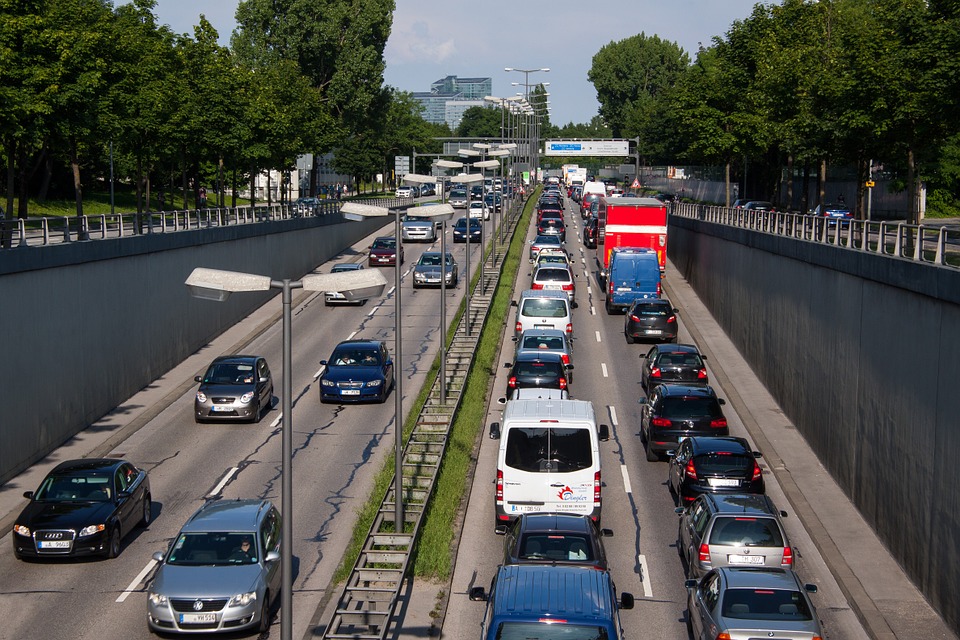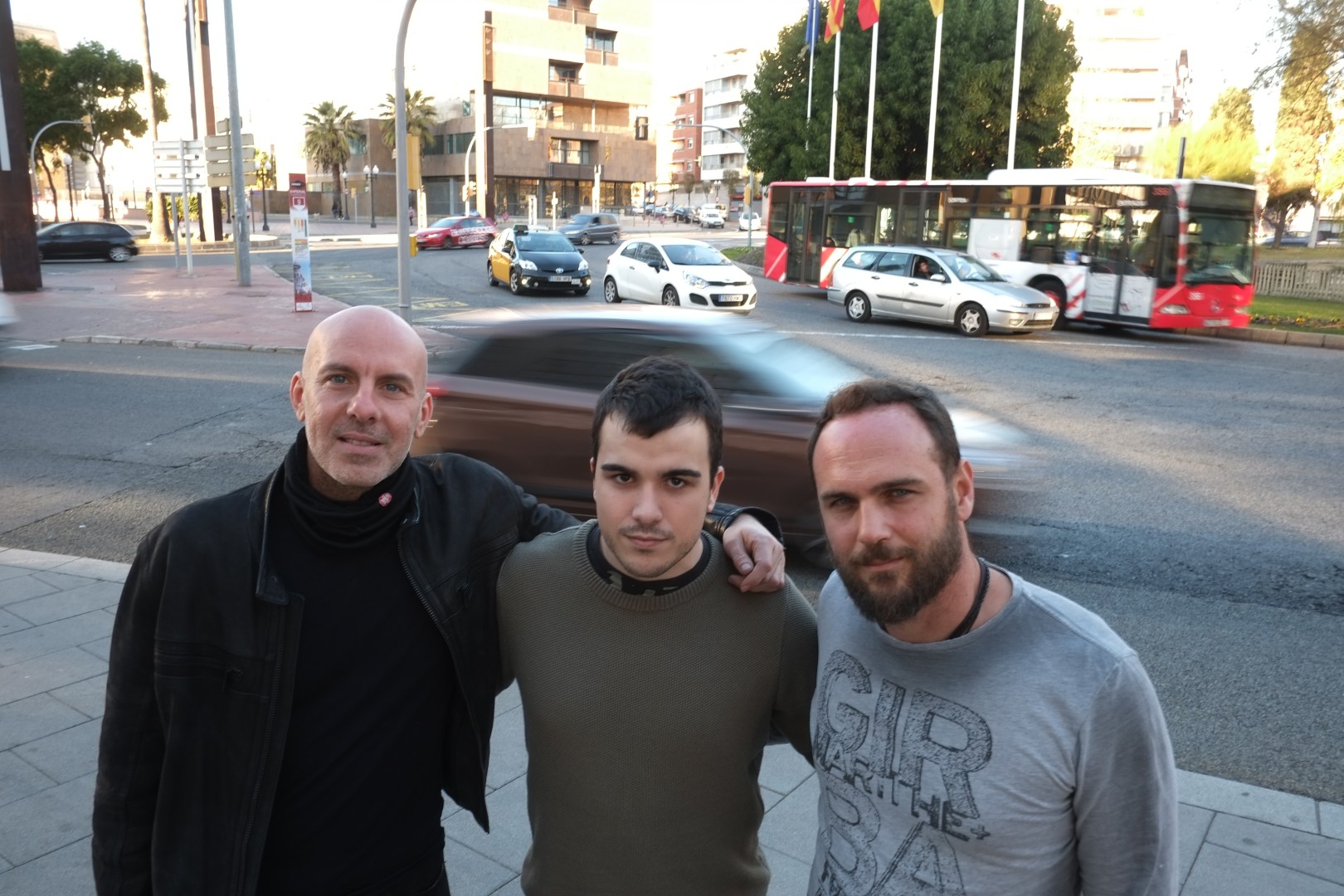10/01/2018
Mobility patterns influence the spread and containment of an epidemic
Researchers at the Universitat Rovira i Virgili and the University of Zaragoza design a mathematical model that predicts the spread of diseases in situations of recurring mobility

Researchers at the Universitat Rovira i Virgili and the University of Zaragoza design a mathematical model that predicts the spread of diseases in situations of recurring mobility
Contrary to expectations, recurring mobility between different cities or districts of a large city (for example, from home to work and back again) can minimise the spread of an epidemic. This is the finding of research carried out by researchers from the Universitat Rovira i Virgili (Àlex Arenas) and the University of Zaragoza (Jesús Gómez and David Soriano) and which has just been published in the journal Nature Physics.
They have designed a mathematical model that predicts how mobility can encourage or reduce the spread of an epidemic. Using data from a large city (Cali, Colombia), they have demonstrated that daily mobility between districts reduces the spread of an epidemic, contrary to expectations. During an epidemic, common sense tells us that we should isolate ourselves from the rest of the population or reduce our movements to diminish the likelihood of contagion. However, far from improving the situation, isolating ourselves may increase our chances of contracting the disease and worsen the existing local situation.
People make regular journeys, they travel to another city or neighbourhood and then return home. The researchers therefore asked the question, does this mobility affect the spread of an epidemic?. “The answer is yes”, explained the ICREA researcher, Àlex Arenas, from the URV’s Department of Computer Engineering and Mathematics, but in a way that is counter-intuitive: recurring mobility results in fewer epidemics. The mathematical model designed by the researchers corroborates this phenomenon and allows them to offer an explanation. They used data from various cities and “found that, to our surprise, an increase in mobility does not always increase the spread of an epidemic” explained Jesús Gómez Gardeñes, researcher at the Instituto Universitario de Investigación de Biocomputación y Física de Sistemas Complexos of the University of Zaragoza.

The cities and districts that they analysed (for example, neighbourhoods of Barcelona, Tarragona and Reus) differed in terms of the number of people who live there and, therefore, in terms of population density. So what is happening? When people move around during the course of their daily activities, these populations end up balancing themselves out; that is, the populations of business and office districts increase when people travel there from residential areas to work. The homogenisation of the population in metacities (cities that have connections between people who move around in a recurring manner) indicates that the spread of an epidemic could be reduced, in contrast to what was previously believed.
The spread of a disease and population density
In a small settlement, it is more difficult for diseases to spread because, although they remain just as infectious, fewer people will come into contact with them. In a larger settlement, therefore, the spread of infection is theoretically much more likely. However, the risk of widespread infection in these large populations is actually lower because of the increased mobility of people between them. The researchers’ mathematical model can predict when this is likely to be the case. That is, it provides a more detailed understanding of why in certain cities the spread of an epidemic may be lower than in others, even though the level and means of infection in theory remain the same. Widespread mobility helps to even out the population and thus reduce the occurrence of epidemics.
The researchers believe that similar studies could be carried out on other cities or territories provided that there was sufficient accurate data regarding mobility between them. According to the researchers, analysing such data with this model could play a crucial role in developing policies for preventing the spread of an epidemic or predicting when one is likely to occur: “If we fail to understand how the spread of an epidemic is related to mobility, we will not be able to apply the right measures when the need arises” stated Arenas.
Reference: Gómez-Gardeñes, J., Soriano-Paños, D., Arenas, A. “Critical regimes driven by recurrent mobility patterns of reaction–diffusion processes in networks” Nature Physics https://doi.org/10.1038/s41567-017-0022-7
More news about: Alex Arenas
